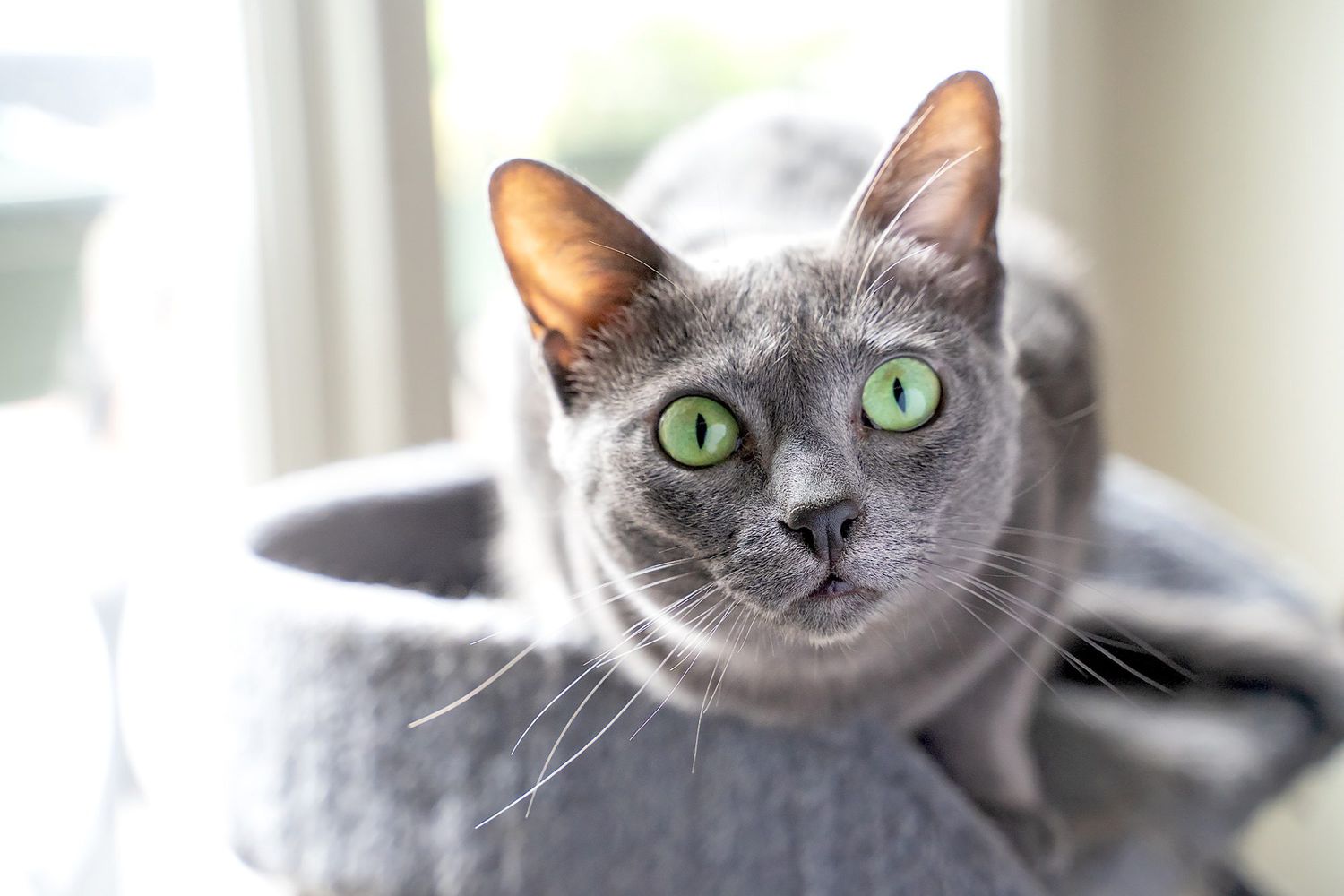Health Risks Connected With Traditional Clay Cat Litter
Health Risks Connected With Traditional Clay Cat Litter
Blog Article

Cat litter and litter boxes play a critical function in the lives of both cats and their owners. From the modest starts of sand and soil to the ingenious developments these days, the world of cat litter has actually evolved significantly. In this detailed guide, we look into every element of cat litter and litter boxes, exploring their history, types, advantages, challenges, and everything in between.
The history of cat litter dates back centuries, with ancient civilizations using sand, soil, and even ashes as primitive litter materials. However, it wasn't up until the mid-20th century that contemporary cat litter as we understand it emerged. In 1947, Edward copyright presented the world's very first industrial cat litter made from absorbent clay, changing the method felines relieved themselves indoors. Since then, cat litter has undergone numerous transformations, with the introduction of clumping litter, silica gel litter, naturally degradable choices, and more.
Today, cat owners are spoiled for choice when it comes to selecting the right litter for their feline companions. Standard clay litter stays popular for its price and efficiency in taking in odors. Clumping litter, which forms solid clumps when wet, streamlines cleansing and upkeep. Silica gel litter, composed of highly absorbent silica crystals, offers superior smell control and durability. Naturally degradable choices, such as recycled paper, wood pellets, corn, and wheat, appeal to environmentally conscious customers.
Each kind of cat litter provides unique benefits. Clay litter stands out in its capability to absorb moisture and control smells, making it a dependable option for lots of cat owners. Clumping litter simplifies daily cat litter mat scooping and extends the time in between complete litter changes. Silica gel litter supplies extraordinary odor control and can last longer between replacements. Eco-friendly litters provide a sustainable alternative that minimizes ecological impact.
While cat litter enhances indoor feline health, it is not without its difficulties. Dust from clay litter can position breathing dangers for both cats and people, prompting the appeal of dust-free options. Some cats might develop litter box hostility due to problems with texture, scent, or tidiness, requiring experimentation with various litters and box setups. Multi-cat households might require tactical litter box placement and regular maintenance to prevent territorial disputes and make sure all cats have access to tidy facilities.
Picking the suitable litter box is essential for promoting favorable litter box habits and general feline well-being. Elements to think about include size, availability, and design preferences. Covered litter boxes supply privacy and aid include smells, but some felines may discover them confining or frightening. Open-top litter boxes offer simple gain access to and exposure however might result in more litter scatter. Automatic self-cleaning litter boxes simplify maintenance however require regular tracking and upkeep.
Appropriate litter box upkeep is essential for making sure a clean and inviting environment for both cat litter box furniture felines and their owners. Daily scooping removes waste without delay, reducing smell and discouraging litter box aversion. Routine litter replacement, usually every 1-2 weeks, avoids bacterial buildup and maintains ideal absorbency. Thorough cleansing with moderate detergent and water, avoiding severe chemicals that might deter cats from using the box, must be performed monthly.
Cat litter and litter boxes play a main function in fostering a healthy and harmonious relationship in between felines and their human buddies. With a diverse range of litter choices and litter box styles available, cat owners have the flexibility to tailor their choices to match their cats' preferences and family requirements. By understanding the development, types, advantages, and obstacles of cat litter and litter boxes, pet owners can offer cat litter tray their feline pals with a comfortable and hygienic indoor environment.